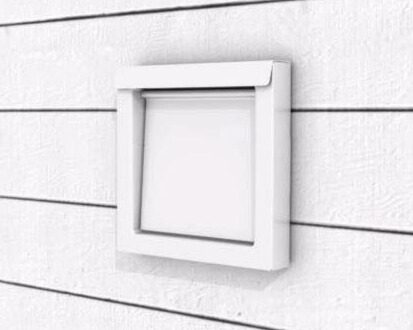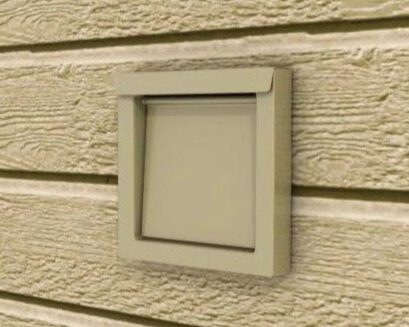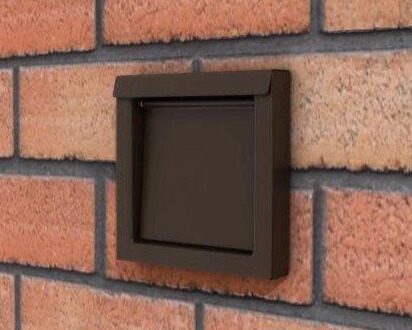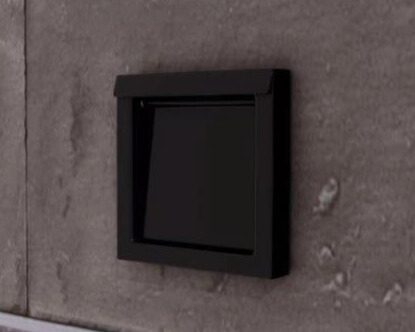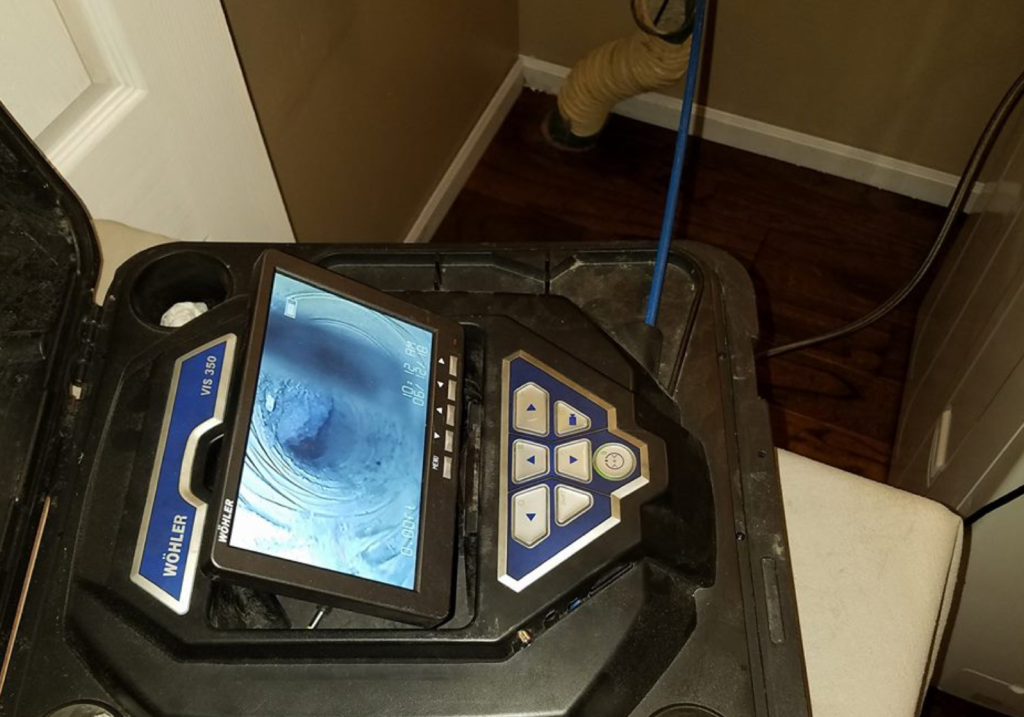
DRYER VENT CLEANING + INSPECTIONS
Every dryer vent service includes an inspection of the dryer venting system before & after the cleaning. This is performed with the use of an internal camera inspection system to ensure that there are no visible issues within your venting system. It also gives us eyes within your dryer vent to be sure the system has been thoroughly cleaned. Other methods of inspection include the use of a Vane Anemometer which allows us to measure airflow through the dryer exhaust duct & the use of a Magnehelic Gage which allows us to measure resistance or back-pressure in the dryer exhaust.
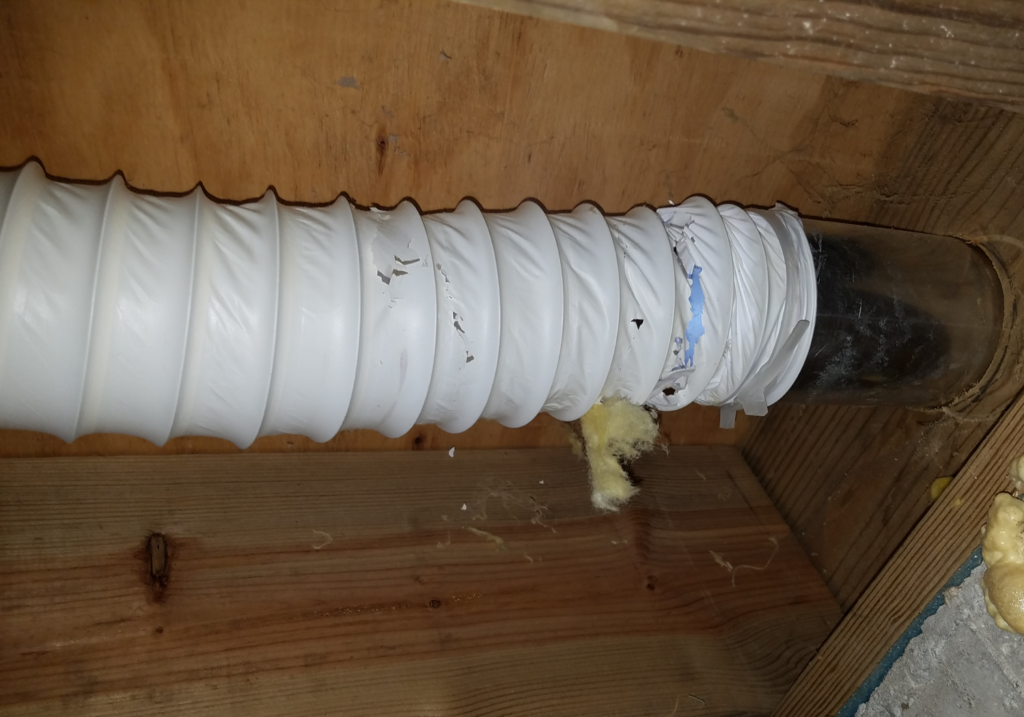
DRYER VENT REPAIRS
Here are some of the common issues that we find during a dryer vent service:
- Incorrect type of venting material is being used
- Vent pipe sections are improperly secured
- Vent system does not exhaust to the outside of the home
- Damaged, missing or improperly constructed exhaust cover
- Transition hose behind your dryer is damaged or crushed
In these cases, some of these items will need replaced with the proper venting materials & secured properly to prevent potential issues. Every component of your dryer vent system is crucial to ensure maximum performance & safety!
If defects are discovered during your service appointment, our technician will discuss the proper repair options with you before the conclusion of the service visit.
DRYER WALL VENT INSTALLATION
The Dryer Wall Vent is engineered for a quick, perfect fit in any exterior wall, this stylish, well-built vent exceeds all requirements for safe venting. Galvanized steel and powder coated, available in white, tan and brown with intrusion resistant damper and magnets.
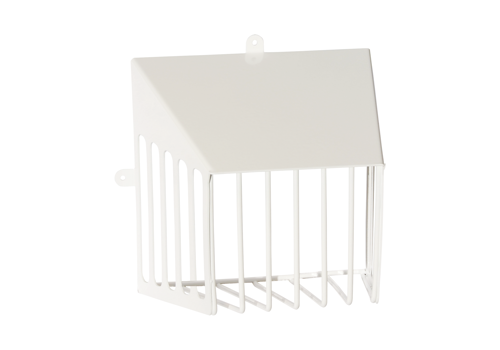
DEFENDER GUARD INSTALLATION
The Defender Guard offers protection from small animals like birds and squirrels from entering the exhaust system. Made with zinc coated steel and easy to clean vertical bars, it’s an excellent choice to install over your existing exhaust cover.

DRYER FLEX INSTALLATION
DryerFlex combines the ease and flexibility of foil flex with the fire resistance and airflow efficiency of semi-rigid transition hose. It is constructed of crush and puncture resistant 100% aluminum with a 4 inch diameter in all lengths.
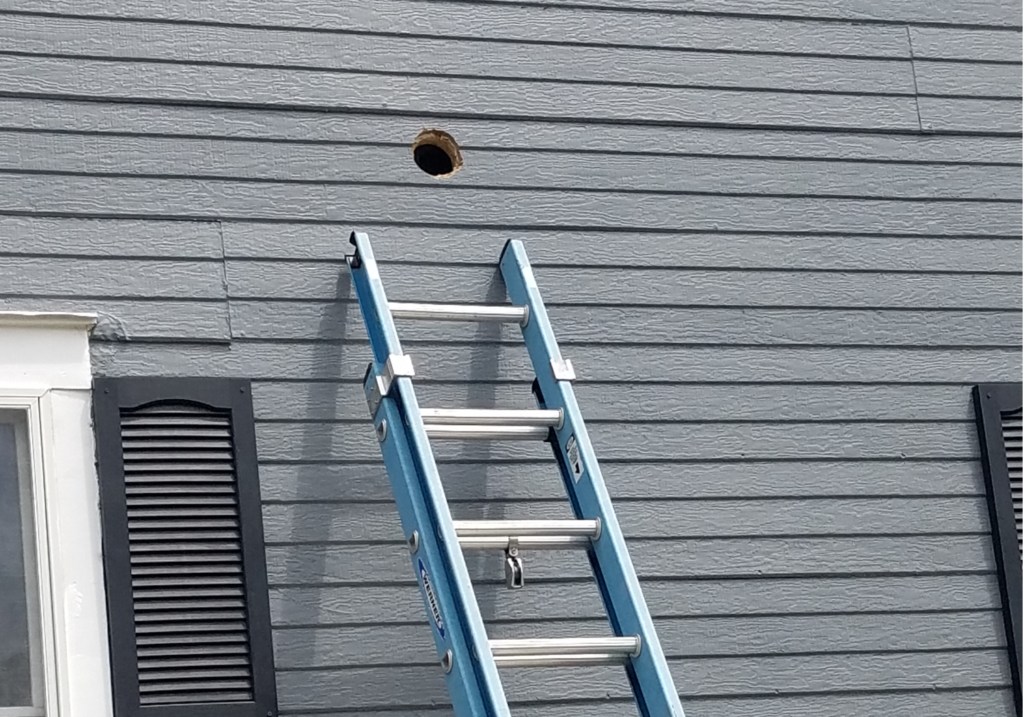
DRYER VENT SYSTEM REROUTES & REPLACEMENTS
All dryer vent systems are required to exhaust to the outside of your home. Occasionally, we’ll discover that the dryer vent system does not comply with this rule. Unfortunately, it’s common to find the dryer vent exhausting into attic & crawl spaces, & in extreme cases hidden within the wall construction. This promotes additional hazards to your home, including mold, allergens & other indoor air quality issues. Ideally, the dryer vent system needs to be as short as possible. With laundry rooms being built in the middle of the home, the dryer vent system can sometimes exceed 30 feet in length, increasing the chance for excessive lint buildup & the need for maintenance more often.
If the decision to reroute your dryer vent system is desired, our technicians can discuss a plan of action with you to help determine the best route to take during your service visit.
FAQ
Your dryer needs to be able to breathe! The free flow of air through the entire venting system is absolutely necessary for proper performance. Dirty dryer vents cause longer drying times, which contribute to higher utility bills. In addition, loose lint can collect around the heating element and electrical wires. Excessively hot dryer loads caused by lint backup, in conjunction with the lint buildup surrounding the dryer’s heating element, increase the chance of a fire!
Every 6-12 months, depending on how much laundry you do. The NFPA (National Fire Protection Association) & most dryer manufacturers recommend that the dryer venting systems be inspected annually. Having your dryer vent system cleaned at least annually will help ensure that your dryer can operate more smoothly, lessening the risk of dryer performance issues and more importantly – lessening the risk of a fire caused by lint build up!
Besides expelling combustible lint from the dryer, now there exists a combustible gas which can produce carbon monoxide (A colorless, odorless & toxic gas). If the dryer vent is not maintained on a regular basis, the potential for carbon monoxide produced from the gas can leak back into your home causing sickness & potential death!
- Improper construction of venting systems (improperly sealed vent joints, screws protruding through the vents, improper vent materials, damaged or missing exterior termination covers, excessively long dryer vent routes, etc.).
- PVC piping. When air passes over plastic it generates static electricity. Lint is attracted towards the static, in turn creating thicker lint deposits within the dryer venting system.
- Vinyl/plastic & flexible foil. These materials should never be used in dryer venting as they collect lint, water/mold, and increase your risk of a fire hazard. The ideal venting is rigid metal duct work which is solid with smooth interior walls.
- Birds nests in the vent system
- Wildlife intrusion
– Your dryer stops working
– Any lint around the outside of your dryer and vent
– Hot or burning smells in your laundry room
– No air flow coming from the outside exhaust vent
– You haven’t had your dryer vent cleaned in over a year
In many cases, dryer vent systems are in excess of 10 feet in length up to 35 ft in length. Many systems are hidden in the home’s construction and are inaccessible for proper maintenance unless you have the proper cleaning equipment & understanding of how the vent system is & should be constructed. Hiring a Certified Dryer Exhaust Technician dryersafety.org means that you’re trusting your family’s safety to someone who has spent countless hours & training understanding proper construction, inspection & maintenance of dryer vent systems that adhere to the related codes & standards.

